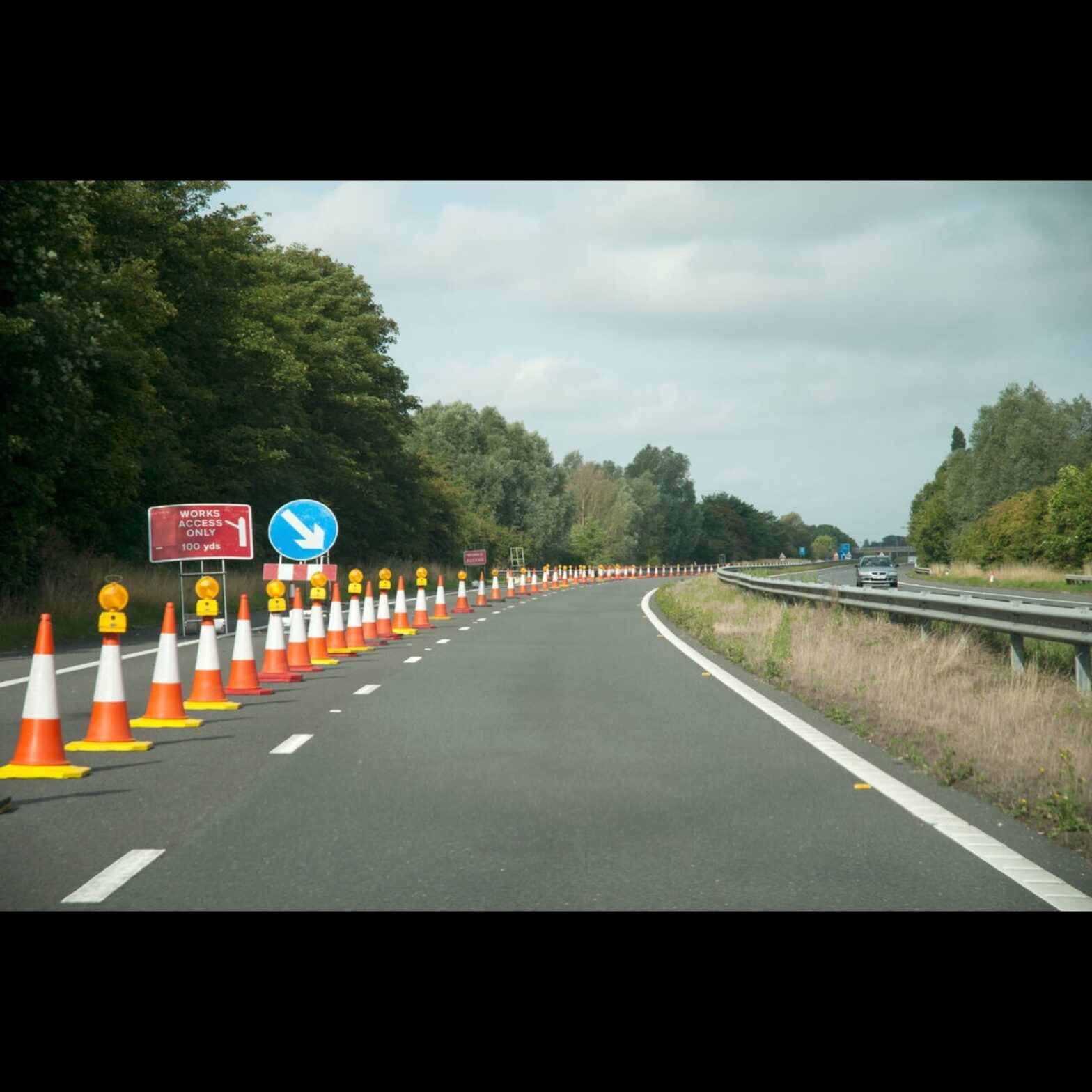In an age where transportation plays a pivotal role in our daily lives and the number of vehicles on the roads continues to soar, ensuring road safety has become a significant concern for all. To tackle this challenge effectively, various governments, municipalities, and organizations have been striving to implement practices that not only control speed but also manage traffic flow efficiently. Among the tools used to manage traffic are plastic traffic cones, which play a crucial role in diverting and managing vehicles safely on busy roads.
Public Awareness Campaigns:
Educating drivers and pedestrians about road safety remains a fundamental approach toward creating a safer environment. Governments routinely conduct public awareness campaigns that highlight the importance of adhering to traffic rules. From billboards to radio commercials and digital media advertisements, these campaigns encourage safe driving behaviours such as obeying speed limits, using seat belts, avoiding distractions while driving (such as mobile phone usage), and being vigilant of vulnerable road users like bicyclists and pedestrians.
Speed Limit Enforcement:
Effective speed limit enforcement is crucial in curbing accidents caused by excessive speeding. One widely adopted method involves the use of automated speed enforcement systems like speed cameras or radar devices installed at specific locations on roads displaying high accident rates or school zones. These systems help deter drivers from surpassing specified speed limits.
Intelligent Traffic Management Systems:
Technological advancements have revolutionized traffic management systems across the globe. Intelligent Transportation Systems (ITS) help optimize road networks by facilitating smart signals that dynamically adapt to real-time traffic conditions. Sensors embedded in the asphalt detect vehicle flow intensity and adjust signal timings accordingly, preventing congestion while improving overall travel efficiency. The use of plastic road cones for sale in various sizes and configurations also helps in managing temporary lane closures or changes in traffic direction efficiently.
Reducing Traffic Congestion:
Congestion not only causes inconvenience but also increases the likelihood of accidents due to abrupt lane changes and frustrated behaviours by drivers. To mitigate this, comprehensive traffic management strategies are vital. Encouraging alternative transportation means such as carpooling, public transit, cycling, and walking reduces the number of vehicles on the road.
Roundabouts:
Roundabouts are gaining popularity as effective alternatives to traditional signal-controlled intersections. By forcing drivers to reduce speed and yield before entering, roundabouts promote smoother traffic flow and reduce the chances of high-speed impacts in case of a collision. Additionally, they have fewer conflict points compared to traditional intersections, making them safer for pedestrians as well.
Enhanced Signage and Road Markings:
Clear and well-maintained signage is essential for guiding drivers through complex road networks. Brightly coloured signage with large font sizes helps improve visibility, while adequate warning signs inform drivers about changes in speed limits or upcoming hazard-prone areas like sharp turns or school zones. Additionally, visible road markings provide crucial guidance during low light conditions or poor weather.
Pedestrian Safety Measures:
Emphasizing pedestrian safety is instrumental in developing a comprehensive road safety strategy. Establishing well-designed crosswalks at appropriate locations coupled with pedestrian-activated signals enhances their safety while promoting responsible driving behaviour among motorists.
Speed Bumps:
Strategically implementing speed bumps on residential streets and in other areas with heavy pedestrian movement successfully restrains speeding vehicles by introducing physical deterrents that force drivers to slow down. These measures significantly reduce accident risk for both motorists and pedestrians.
Effective Traffic Calming Measures:
Implementing various traffic calming measures such as chicanes (road features designed to introduce curves or bends) or raised median islands significantly contribute to reducing speeding on roads where routine traffic control mechanisms may be inadequate due to geographical constraints.
Improved Public Transportation Systems:
Efficient public transport systems encourage people to opt for public transportation over private vehicles, thereby reducing traffic congestion and the associated accident risk. Regularly scheduled public transportation options with strict adherence to their timetables can entice more commuters to make this sustainable choice.
Safe Routes for Bicyclists:
Promoting cycling as a feasible mode of transportation requires safe routes dedicated to cyclists. Incorporating dedicated bike lanes along roads separate from vehicle traffic enhances road safety by mitigating potential accidents caused by collisions between cars and bicycles.
Collaboration with Stakeholders:
Road safety is a shared responsibility that requires collaboration among governments, law enforcement agencies, community organizations, and private sector entities. Partnerships with organizations specializing in road safety initiatives can supplement government efforts by funding awareness campaigns or providing technology support for intelligent traffic management systems.
Conclusion:
Maximizing road safety necessitates concerted efforts and the implementation of various best practices at different levels, ranging from public awareness campaigns to infrastructure development and technological innovations. Employing effective speed control measures combined with improved traffic management techniques, such as the strategic use of plastic traffic cones, will play a crucial role in creating safer road environments while offering efficient travel options for all road users.





























